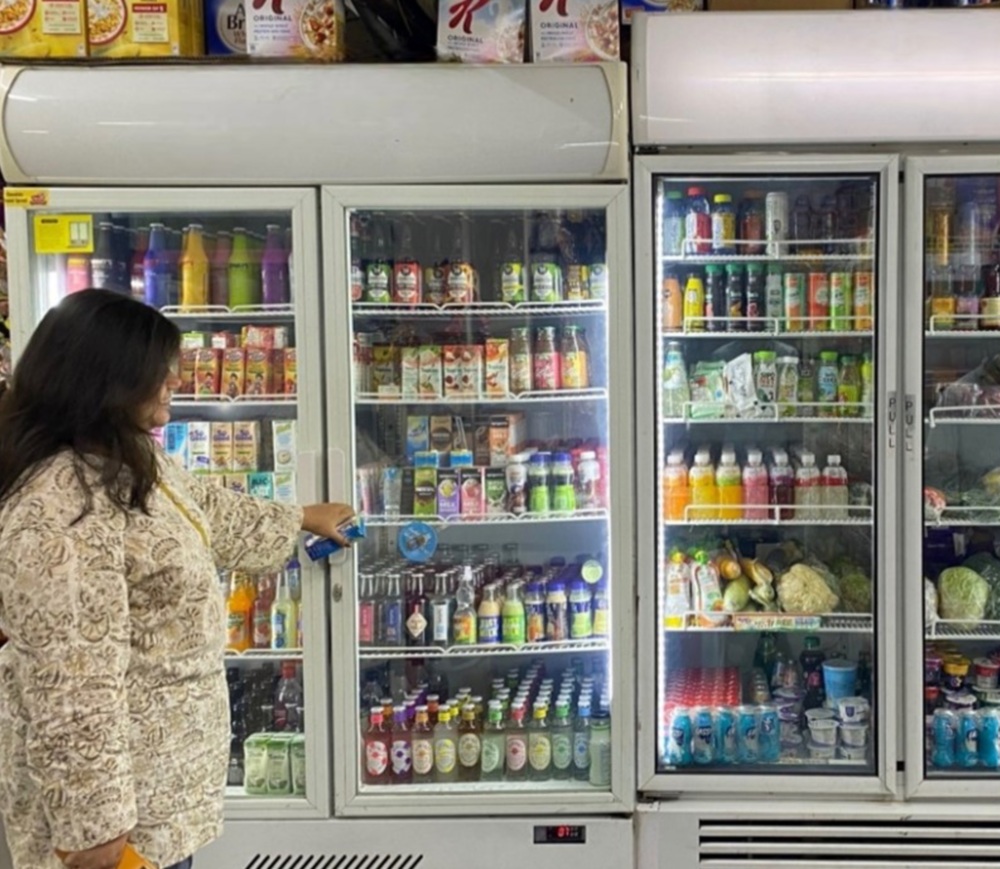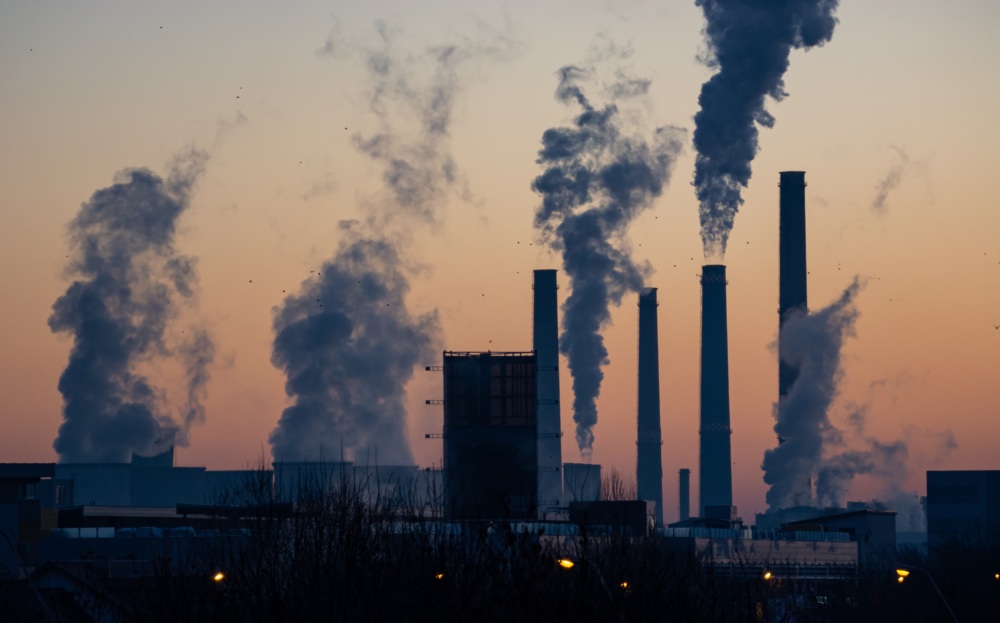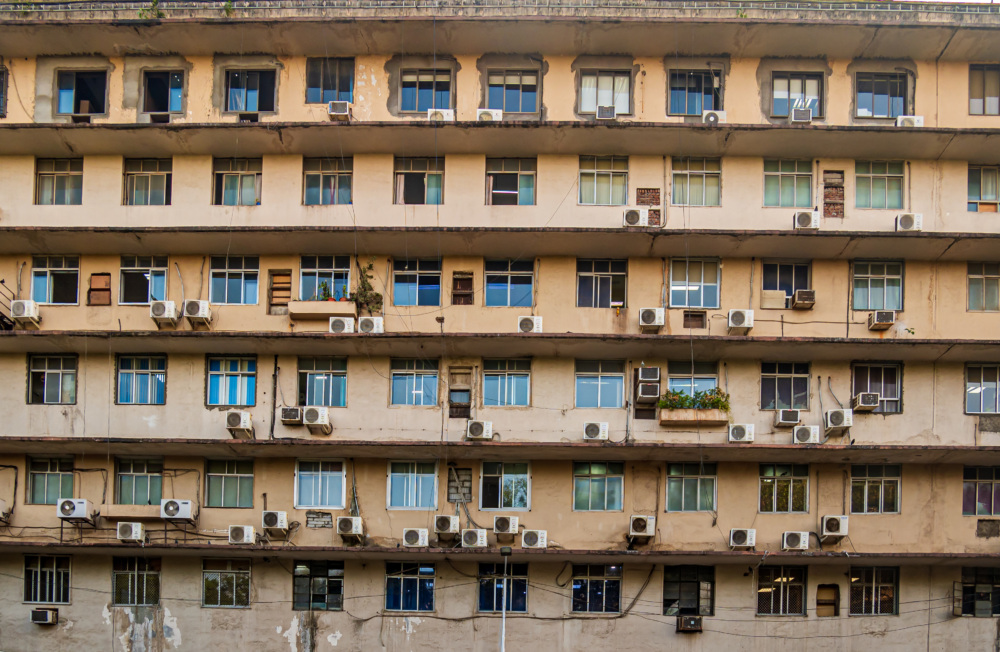Potential Impact of Lighting and Appliance Efficiency Standards on Peak Demand – The Case of Indonesia
Summary
Download Report
Fill out the form below to activate file downloads
By now, the value of lighting and appliance energy efficiency standards to reduce power plant fuel inputs, thereby saving money, reducing harmful pollution, mitigating climate change and enhancing energy security is well-known. As important as these benefits may be to developing country governments, even more critical in their view may be the reduction of peak demand, since power shortages (due to insufficient capacity) damage economic productivity and generation capacity increases commit scarce capital to power plant construction that could be used toward other important development goals.
This paper uses LBNL (Lawrence Berkeley National Laboratory)’s BUENAS (Bottom-Up Energy Analysis System) model to forecast demand reductions from energy efficiency in a major developing country – Indonesia. Indonesia was chosen for its tropical climate (making cooling important to peak load) and because its level of development which suggests rapid growth of appliance uptake over the next two decades. The model considers future demand growth for 10 separate residential electrical end uses, three commercial building end uses, and considers industrial electricity in the aggregate. The model then combines the total electricity demand by appliance in each year with end use demand curves for each using data from Indonesia (if possible) and areas of similar climate.The resulting analysis finds that peak load may increase 3 times in Indonesia over the next 20 years in the business-as-usual case, primarily driven by space cooling with an important component from lighting and refrigerators. Applying BUENAS efficiency scenarios of cost-effective potential and best available technology indicates a potential peak load reduction of 13% and 37% in 2030, respectively.









